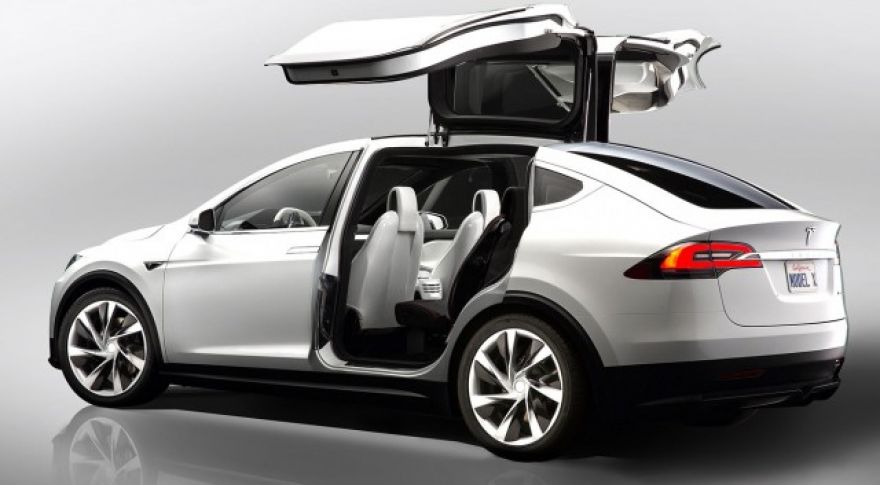
Has Tesla disabled some of the object detection features of the falcon wing or gullwing doors on the Tesla Model X crossover? An owner has posted a series of YouTube videos of the door on a Model X neatly chopping in half a series of cucumber. This on a car that apparently got this week’s software release 7.1 2.32.100 downloaded automatically to his car. Tesla more than any other automaker has used automatic, over-the-air software updates. It’s convenient for owners. It gets improvements and bug fixes installed far faster than a trip to the dealer. This may be hyper-useful if – if – someone hacks a car and an automaker needs to deliver a fix immediately.
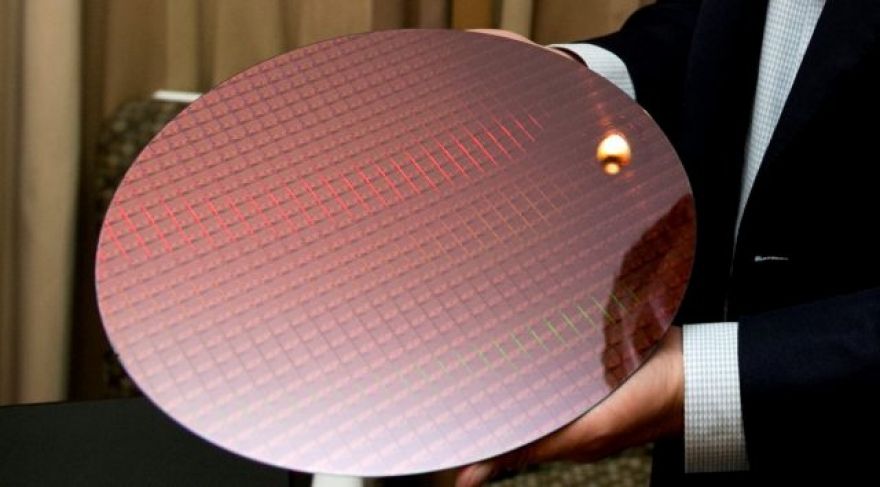
Intel announced and launched its and Apollo Lake refreshes this week, kicking off its latest initiatives while AMD and its upcoming Summit Ridge platform earlier this month. Such announcements typically come with their own laundry lists of new features and capabilities, but it’s worth remembering one feature that prominently won’t be on any CPU or APU products from either company: Windows 7 / 8 support. As we’ve discussed before, Kaby Lake, Apollo Lake, Bristol Ridge (Excavator APUs) and Summit Ridge (Zen CPUs) are all Windows 10-only. PC World reached out to both companies and both confirmed that their upcoming products would be tied to the Windows 10 product cycle.
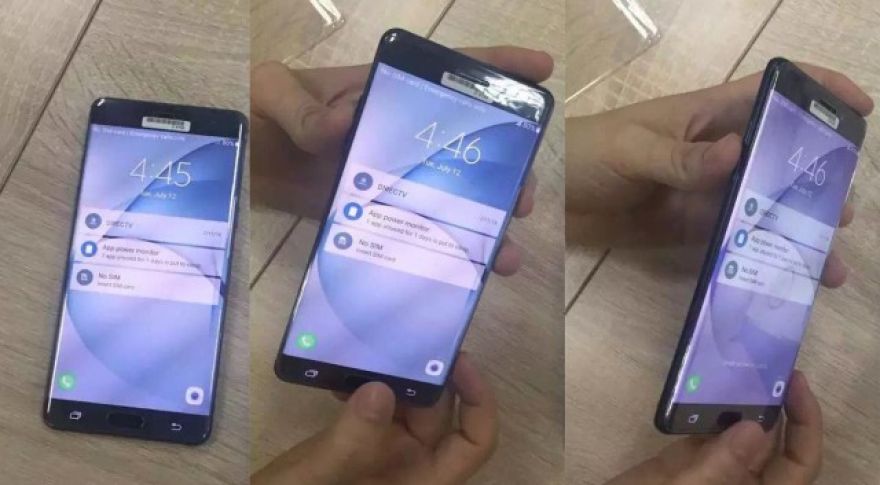
Samsung has announced that it will recall all Galaxy Note 7 devices after multiple reports of battery explosions while the device was charging. This news comes after the company had reportedly delayed shipments to investigate the issue — obviously the Korean manufacturer found reason to be concerned about the product. Lithium-ion battery chemistry is . Companies are extremely secretive about their chemistries and manufacturing components, looking for any method of gaining an advantage over their competitors. Samsung is recalling nearly all the devices, apparently, because it hasn’t been able to isolate the flaw to a single product or manufacturing flaw in a particular battery manufacturer’s process.

NASA’s Juno spacecraft successfully completed its first Jovian orbit and its first and closest flyby to the tops of the gas giant’s cloud banks this week. During its 36 planned orbits, Juno will gather data to help us find out precisely what the core of Jupiter is made of and why it makes the magnetosphere behave like it does. As part of NASA’s big public outreach project, Juno’s visible-spectrum JunoCam will also send us back some glamor portraits of Jupiter and its moons, especially Europa and Io, while it keeps its trained on Jupiter’s poles. Their Dawn orbiter also made a burn into a higher orbit around Ceres, in order to go a little easier on the satellite’s dwindling reserves of hydrazine.
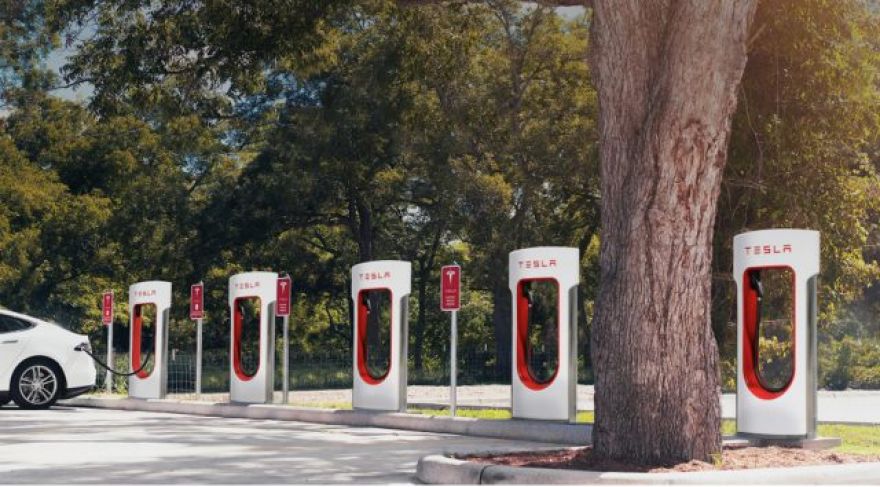
The lower-cost Tesla Model 3 will likely lose a perk of Model S and Model X ownership: free charging at Tesla’s network of Supercharger sites. Tesla CEO Elon Musk has said in the past that some Teslas would not have free access to the Superchargers that can refill the batteries to 80% charge in about 45 minutes. Since there’s no credit card reader in the current hardware, it’s likely owners would have to set up accounts in advance. Currently, every time a Tesla connects via the charging hose, the car identifies itself to Tesla. Discussion of pay-to-charge for owners kicked up a notch with the discovery this week of non-implemented code on Tesla.com citing Supercharger credits.
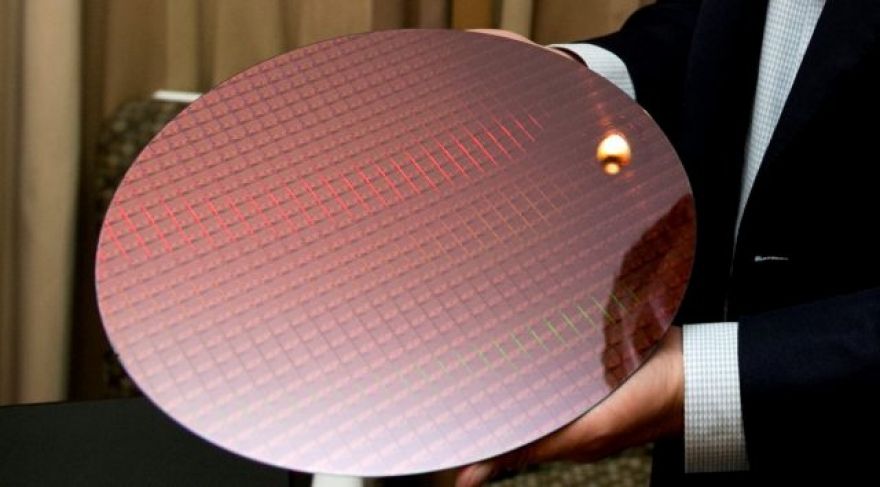
Today, Intel announced its upcoming Kaby Lake hardware refresh. This launch is the first iteration of Intel’s new Process – Architecture – Optimization strategy (dubbed PAO) that replaced Tick-Tock earlier this year. It’s a change driven by the realities of lithography. As die shrinks have become more difficult, it now takes longer to move from one node to the next. This difficulty is somewhat exacerbated for Intel because it continues to perform full node shrinks rather than relying on hybrid proccess nodes like TSMC and Samsung. Kaby Lake is built on what Intel is calling “14nm+” rather than its original 14nm.
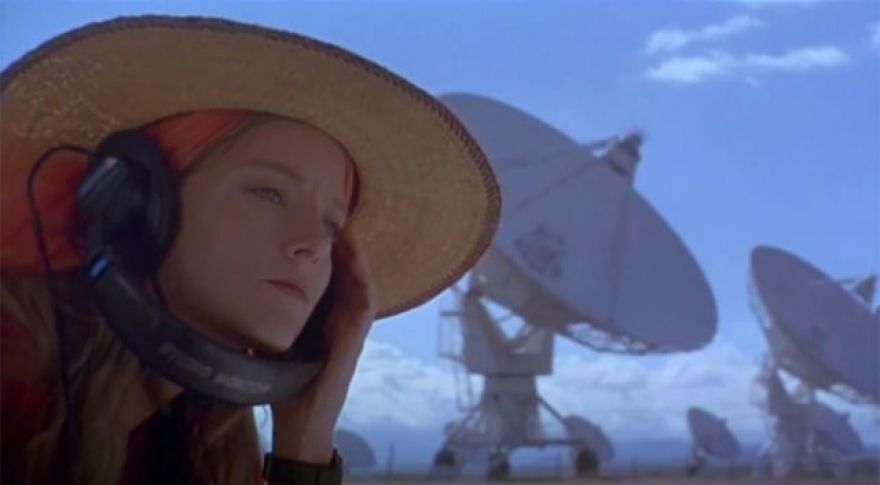
Practitioners of the emerging social science of headline writing has been getting plenty of work this week, as site after site slowly falls to the social media-driven temptation to cash in on the “possibility” of alien life. SETI, it turns out, is looking at a star, which has of course never happened before, and so it’s time to dust off the sort of verbiage that can cut through cynicism and energize a reading population that has heard a whole lot of scientists cry wolf over the years. “: SETI Is Investigating a Possible Extraterrestrial Signal From Deep Space,” said the Observer, while New Scientist thrilled that a “ sends alien-hunting telescopes scrambling.
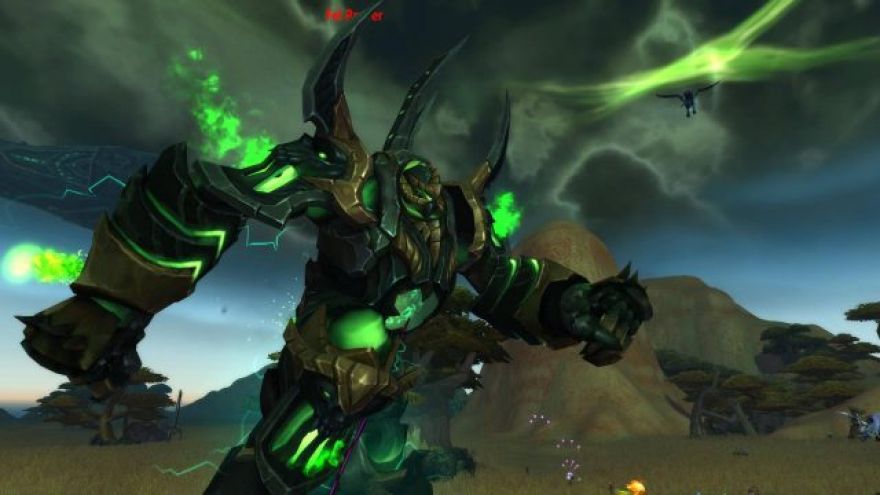
In the spring of 2004 I joined the closed beta test for World of Warcraft. I’d tried Everquest in college and beta tested Asheron’s Call, but standing around in a single spot and killing respawning wolves forever wasn’t my idea of fun and the plots of MMOs in those days was pretty threadbare. I’d enjoyed Warcraft 2 and 3 a great deal and the World of Warcraft promised to extend these storylines in new directions while offering better quests, soloing, and an overall story that other MMOs at the time lacked. I liked it so much I stayed for six years.
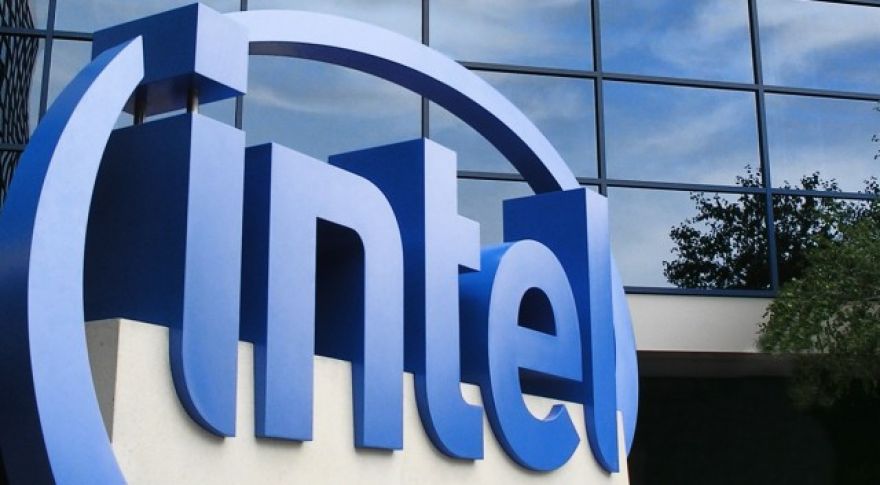
Well, that didn’t take long. Less than two weeks after Intel announced it would fab chips for LG as part of a new deal to build ARM products directly at Intel, there are rumors that Intel and Apple have sat down to talk about a similar deal between Cupertino and Santa Clara. Reports indicate that new chips could come as early as 2018, though we’d take that with a grain of salt — even when companies eventually shift suppliers, as Apple did by moving to Samsung from TSMC, it can take years just to iron out the contracts. The Nikkei Asian Review reports that Apple is already trying to nick Apple from TSMC, for all the obvious reasons.









